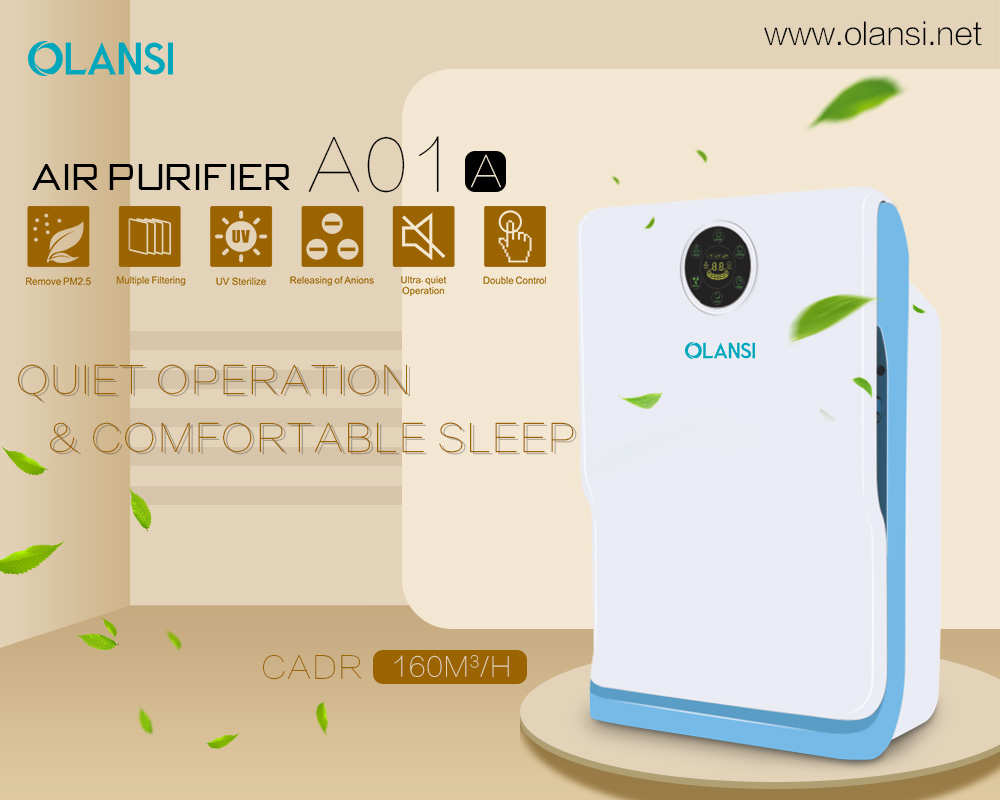The Effectiveness of Antibacterial Air Purifier For Indoor Air Pollution
Researchers have been working their hearts out for decades on how we can be inhaling clean air, devoid of any form of pollution. From air-purifying plants to advanced air purifying devices, the search has never stopped. These experts have created awareness, and residents around the globe are now showing keen interest in how they can get themselves high-quality air purifiers.
If you are hoping to buy any of the best air purifiers, then this air purifier postis just what you need. Let’s get things started with a brief background on air purifiers and why getting these devices have become an absolute necessity.
Our polluted air space
Energy-efficient doors and windows are fantastic for not letting air pollutants find their way into your house. The dark side about this type of arrangement is that it could trap dangerous air particles inside your home. Coincidentally, the indoor of most homes have been confirmed to have more air pollutants than what you can find outdoors. That was a revelation that was made by the EPA.
Pollutants like smoke from wood-burning, cooking, and tobacco; gases from building materials and cleaning reagents; mold; pet dander, and dust mites all form the core of pollutants that make your indoor space an unhealthy place to live. The tiny nature of these particles allows them to have an easy passage to your lungs, thereby aggravating your lung condition and possibly giving rise to an asthma attack in severe cases. Based on a recent report that was published by EPA, exposing oneself to air pollutants like smoke particles for an extended period could bring about bronchitis, reducing how your lung function, and sudden death if the case is not appropriately treated.
VOCs are also known as volatile organic compounds. Examples include formaldehyde. They become a composition of the surrounding air when adhesives, cleaning reagents, and paints are used within such environments. The VOCs are primarily responsible for causing eye, throat, and nose irritations; nausea; headaches; and damages to the kidney, liver, and nervous system. Some other gases like radon have been known to trigger lung cancer, as well as death in severe cases.
And the worst part about some of these illnesses is that they are untreatable. The best you can do about them is to prevent them from occurring in the first place. So how can we beat this?
Can Air Purifiers provide any solution to this?
The most reliable way of improving the quality of the air we are breathing indoors is by eliminating every source of pollutants and ventilating with fresh outdoor air. Dynamic air purifiers are helpful when methods like that are not possible or inadequate. Air purifiers, equally called air sanitizers, are meant for filtering air within one room. They are not designed to do that for an entire house. Although these devices are excellent for reducing air pollution indoors, they do have their limitations. Knowing those limitations will help increase their efficiency when you are using them.
What are air purifiers good for?
According to several tests and uses of air purifiers, it has been verified that these devices are an excellent piece for ridding an indoor space of a considerable amount of air pollutants. It can conveniently filter pollen, smoke, dust particles from surrounding air.
But does this have any direct effect on your health? Of course, yes. Multiple studies were carried out across major cities around the world concerning this. It was later reported that the people who participated in the tests were recorded to have experienced an improvement in their cardiovascular activities, leading to improved health as well.
Other studies were also carried out by EPA to show how these air purifying devices can be of help to those with asthma and allergies. Their reports indicated that there were modest improvements for asthmatic people and those who were previously having allergy attacks.
But for some apparent reasons, specific experts are refusing to link the health improvement of these individuals to the use of air purifiers. Some of these experts even go as far as claiming the results of those tests were not consistent when they were tried on other individuals.
Oppositions like that are not going to be unexpected. They are bound to happen. But that is not going to change the fact that air purifiers are helping to reduce how people expose themselves to airborne diseases.
Limitations of air purifiers
Like we already mentioned, certain limitations come with using purifiers. We all know that air purifiers can get rid of allergens in an indoor space. But what most people don’t know is that those allergens can only be removed from that indoor space when they are still afloat in the air. More substantial, larger allergen like pollen, mold, and mite can quickly settle back to the ground, making it difficult for any air purifiers to get them out.
Mysterious things we don’t know for now
Radon happens to be one other mystery to air purifiers, as well as air cleaners, based on a report published by EPA. Several studies have been conducted on how air purifiers can manage a dangerous gas such as this one. Nevertheless, all those studies have turned out to be inconclusive for now. While that has been the stand of some group of experts, others have admitted that air purifiers can get rid of dangerous gases from the surrounding atmosphere without causing any harm to the body in the process. Scientists are still reeling out data on how ionizers and other purifier types relate to our health as human beings.
Conclusion
The number of people who have died mysteriously from indoor air pollution related cases has reduced by a significant margin over the years, thanks to air purifiers. Residents now inhale air with better quality in their homes with these devices.
For more about air purifier,you can pay a visit to olansi air purifier at https://www.olansi.net



